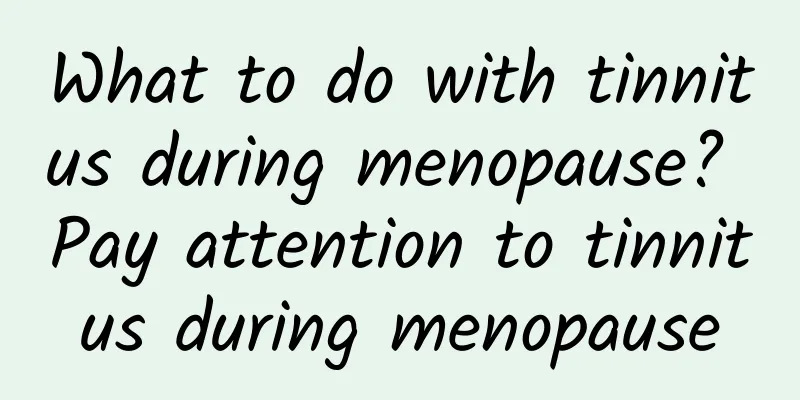White stuff coming out of both sides of nose

|
The squeezing out of white and smelly substances from both sides of the nose is a typical manifestation of acne, which is prone to occur in teenagers. If you do not pay attention to cleaning your nose after this period, it is also easy to cause acne. We need to have a comprehensive understanding of acne, including its causes, symptoms and treatment measures, so that we can better deal with it. Let’s take a closer look below. Causes The occurrence of acne is closely related to factors such as excessive sebum secretion, blockage of the sebaceous gland ducts of the hair follicles, bacterial infection and inflammatory response. After entering puberty, the level of androgens, especially testosterone, in the human body increases rapidly, promoting the development of sebaceous glands and producing a large amount of sebum. At the same time, abnormal keratinization of the sebaceous gland ducts of the hair follicles causes blockage of the ducts, hindering the excretion of sebum and forming keratin plugs, also known as micro-acne. Various microorganisms, especially Propionibacterium acnes, multiply in large numbers in the hair follicles. The lipase produced by Propionibacterium acnes breaks down sebum to produce free fatty acids, while also attracting inflammatory cells and mediators, ultimately inducing and aggravating the inflammatory response. Clinical manifestations Skin lesions often occur on the face and upper chest and back. Non-inflammatory lesions of acne appear as open and closed comedones. The typical skin lesions of closed comedones (also known as whiteheads) are skin-colored papules about 1 mm in size with no obvious hair follicle openings. Open comedones (also called blackheads) appear as dome-shaped papules with significantly enlarged follicular openings. Acne will further develop into various inflammatory skin lesions, manifesting as inflammatory papules, pustules, nodules and cysts. Inflammatory papules are red and vary in diameter from 1 to 5 mm; pustules are uniform in size and filled with white pus; nodules are larger than 5 mm in diameter and feel hard and painful to the touch; cysts are located deeper and are filled with a mixture of pus and blood. These lesions may also fuse to form large inflammatory plaques and sinus tracts. After the inflammatory skin lesions subside, pigmentation, persistent erythema, and depressed or hypertrophic scars are often left behind. Clinically, acne is divided into 3 degrees and 4 levels according to the nature and severity of acne lesions: Level 1 (mild): only comedones; Level 2 (moderate): in addition to comedones, there are also some inflammatory papules; Level 3 (moderate): in addition to comedones, there are also more inflammatory papules or pustules; Level 4 (severe): in addition to comedones, inflammatory papules and pustules, there are also nodules, cysts or scars. treat 1. Daily care Wash your face with warm water once or twice a day to clean your skin, and avoid squeezing or scratching skin lesions with your hands. Avoid using oily and powdery cosmetics and ointments and creams containing glucocorticoids. 2. Common methods of acne treatment (1) Topical medications: Retinoic acid (retinoic acid cream, adapalene gel, tazarotene gel), benzoyl peroxide, antibiotics (clindamycin, erythromycin, chloramphenicol, etc.), azelaic acid, sulfur lotion, etc. (2) The first choice of oral antibiotics is tetracycline (minocycline, doxycycline, etc.), followed by macrolides (erythromycin). Avoid antibiotics commonly used to treat systemic infections such as levofloxacin. The course of antibiotics is usually 6 to 12 weeks. (3) Oral isotretinoin For severe acne, oral isotretinoin is the standard treatment and currently the most effective method for treating acne. The treatment course aims to achieve a minimum cumulative dose of 60 mg/kg. (4) Anti-androgen therapy, such as the oral contraceptive cyproterone acetate combined tablets, is suitable for female patients with moderate to severe acne accompanied by symptoms of excessive androgen levels (such as hirsutism, seborrhea, etc.) or polycystic ovary syndrome. Female patients with delayed-onset acne and acne that is significantly aggravated before menstruation may also consider using oral contraceptives. (5) Oral glucocorticoids are mainly used for fulminant or aggregated acne, following the principles of short-term, low-dose, and combined with other methods. (6) For patients who cannot tolerate or are unwilling to receive drug treatment, physical therapy such as photodynamic therapy (PDT), fruit acid therapy, laser therapy, etc. can also be considered. 3. Grading of treatment for acne (1) Level 1 is generally treated topically, with topical retinoic acid preparations being the first choice. (2) Level 2: Combined use of topical retinoids and benzoyl peroxide or antibiotics, and oral antibiotics if necessary. (3) Grade 3 often requires combined treatment, with oral antibiotics combined with topical benzoyl peroxide and/or retinoic acid drugs as the first choice. Antiandrogen therapy may also be considered for female patients where indicated. (4) For grade 4 disease, oral isotretinoin is the most effective treatment and can be used as first-line treatment. For patients with more inflammatory papules and pustules, systemic antibiotics combined with topical benzoyl peroxide can be used first, and then oral isotretinoin can be used for sequential treatment after the skin lesions have improved significantly. 4. Maintenance treatment of acne Regardless of the treatment method used, maintenance treatment should be continued after the skin lesions have significantly subsided. Topical retinoic acid drugs are the first choice, and maintenance treatment should be continued for 6 to 12 months. Benzoyl peroxide can be used in combination if necessary. |
<<: What to do if baby has sores on head
>>: Why do I have pain on both sides of my penis?
Recommend
Are there any dietary restrictions for uterine fibroids?
The female uterus is very sensitive and prone to ...
Arthritis symptoms and treatment
In our country, the number of arthritis patients ...
What to do if you have a toothache late in life
Toothache is a tormenting thing. Many children su...
Chinese medicine prescription for severe insomnia
With the development of society, many people are ...
Wisdom tooth extraction anti-inflammatory medicine
Teeth are a very important part of our body. The ...
Internal hemorrhoids with blood in the stool, these four symptoms are the most common
Internal hemorrhoids are a type of hemorrhoids, a...
Picture of Chinese medicine Ophiopogon japonicus
Ophiopogon japonicus is a common Chinese medicina...
Hyperthyroidism
Hyperthyroidism can also be called hyperthyroidis...
What foods can help dissipate blood stasis?
If people are not careful, they may sprain their ...
Causes of shortness of breath, check to find the cause in time
If you usually have shortness of breath, you shou...
What are the symptoms of excessive body moisture?
Excessive moisture in the body can cause us to fe...
What is the cause of dark purple tongue coating?
Most people will develop some diseases when they ...
Can my liver be cured?
Hepatitis B virus (HBV) is a type of chronic hepa...
Foods to avoid after double eyelid surgery
Although double eyelid surgery is the simplest ty...
One-time method to clean intestinal oil
Nowadays, living standards are getting better and ...









